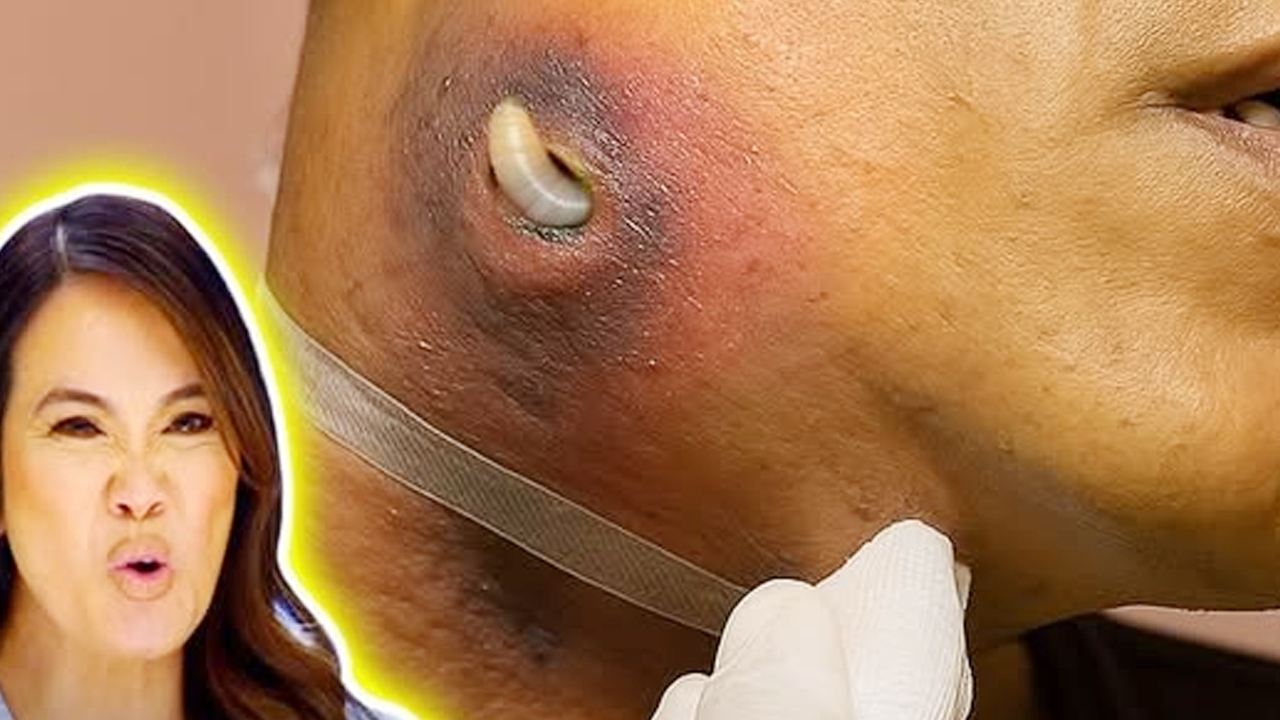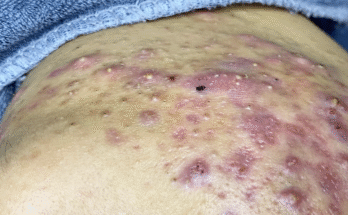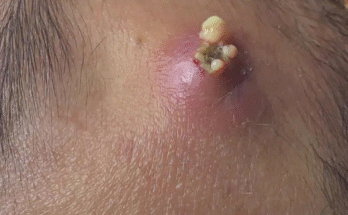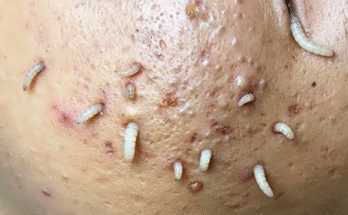Understanding and Treating Acne: A Comprehensive Guide
Acne, a common skin condition affecting millions worldwide, can be more than just a cosmetic concern. It can impact self-esteem and cause significant emotional distress. This guide provides a thorough overview of acne, from its causes and types to effective treatment options and preventative measures.
What is Acne?
The Prevalence of Acne
Acne is incredibly common, affecting an estimated 9.4% of the global population. In the United States, it holds the title of the most prevalent skin condition, according to the American Academy of Dermatology (AAD). While not a serious health risk in itself, acne can be painful, especially in severe cases, and may lead to persistent scarring. The emotional toll should not be underestimated; visible acne can negatively impact self-confidence and even contribute to anxiety or depression.
Where Does Acne Occur?
Acne breakouts can appear almost anywhere on the body, but are most frequently observed on the face, neck, shoulders, back, and chest. The characteristic rough, uneven texture of the skin is often accompanied by discoloration (hyperpigmentation), redness, swelling, pain, and tenderness. Importantly, squeezing or picking pimples significantly increases the risk of scarring and should be strictly avoided.
Types and Symptoms of Acne
Acne manifests in various forms, often presenting as a combination of different lesion types.
Comedones: The Foundation of Acne
Comedones, encompassing both whiteheads and blackheads, are the most common acne lesions. Blackheads (open comedones) appear as dark spots due to oxidation of sebum (skin oil) exposed to air – not dirt, as commonly believed. Whiteheads (closed comedones), conversely, are flesh-colored raised bumps that remain beneath the skin’s surface.
Inflammatory Lesions: The More Serious Concerns
More severe acne involves inflammatory lesions, which carry a higher risk of scarring:
- Papules: Small, red, raised bumps resulting from inflamed or infected hair follicles.
- Pustules: Small red pimples with pus at their tips.
- Nodules: Solid, often painful lumps developing beneath the skin’s surface.
- Cysts: Large, pus-filled lumps beneath the skin, usually accompanied by significant pain.
Understanding the Root Causes of Acne
Acne develops when skin pores become clogged with a combination of oil, dead skin cells, and bacteria. Each pore connects to a follicle containing a hair and a sebaceous (oil) gland. The sebaceous gland produces sebum, which normally lubricates the skin. Acne arises from disruptions in this process, including:
- Excessive oil production: Overactive sebaceous glands lead to an oversupply of sebum.
- Accumulation of dead skin cells: Dead skin cells can block pores, trapping sebum and bacteria.
- Bacterial buildup: The bacteria Cutibacterium acnes thrives in clogged pores, exacerbating inflammation.
Risk Factors for Acne Development
While the exact causes remain unclear, several risk factors are known to contribute to or worsen acne:
- Hormonal fluctuations: Puberty, pregnancy, and conditions like polycystic ovarian syndrome (PCOS) significantly impact hormone levels, influencing sebum production.
- Lifestyle factors: Cigarette smoking, poor sleep, and stress can all negatively affect skin health.
- Cosmetics and medications: Certain beauty products (high oil content) and medications (lithium, some birth control pills, anticonvulsants, steroids) can trigger or worsen acne.
- Genetics: A family history of acne increases the likelihood of developing the condition.
Dietary Considerations
While research is ongoing, some dietary factors may play a role:
- Low glycemic index diet: Reducing refined carbohydrates and added sugars may help.
- Milk products: Some studies suggest a link between milk consumption and acne worsening. However, this effect seems less pronounced with cheese and non-dairy alternatives.
- Fatty acids: Omega-3 and omega-6 fatty acids may offer potential benefits, though more research is needed.
- Vegan/vegetarian diets and probiotics: Current evidence doesn’t strongly support these dietary approaches for acne treatment.
Diagnosis and Treatment of Acne
Seeking Professional Help
If you suspect you have acne, consulting a board-certified dermatologist is crucial. They can accurately diagnose the type and severity of your acne, tailoring a treatment plan to your specific needs.
Treatment Options Based on Severity
Treatment approaches vary depending on acne severity:
Mild Acne
Over-the-counter (OTC) products containing benzoyl peroxide (dries pimples, kills bacteria) or salicylic acid (exfoliates, prevents clogged pores) are often effective.
Moderate Acne
Prescription-strength benzoyl peroxide, antibiotics (erythromycin, clindamycin), or retinoids (retinol) may be necessary if OTC treatments fail. Oral antibiotics or hormonal birth control might also be considered.
Severe Acne
Severe acne often requires a combination of treatments, potentially including oral antibiotics, topical retinoids, hormonal birth control, and oral isotretinoin (Accutane). Accutane, while highly effective, carries potential side effects and is generally reserved for severe, unresponsive cases. Medical procedures such as photodynamic therapy (PDT), dermabrasion, microdermabrasion, chemical peels, and cortisone injections may also be used to address severe acne and scarring.
Home Remedies and Prevention
While many home remedies are touted, their effectiveness is often unproven. Avoid potentially harmful practices like squeezing pimples. Instead, focus on gentle skin care:
- Gentle cleansing: Wash your face daily with an oil-free cleanser.
- Non-comedogenic products: Use makeup and skincare that won’t clog pores.
- Good hygiene: Remove makeup thoroughly before bed, shower after exercise.
- Stress management: Practice stress-reduction techniques.
The Outlook for Acne
Acne can be emotionally challenging, but remember you are not alone. Effective treatments are available, leading to significant improvement within weeks for many. Early intervention can minimize scarring. While flare-ups can occur, consistent treatment and collaboration with a dermatologist can help manage even persistent acne. Prioritizing preventative measures and maintaining a healthy lifestyle are also key to long-term skin health.



